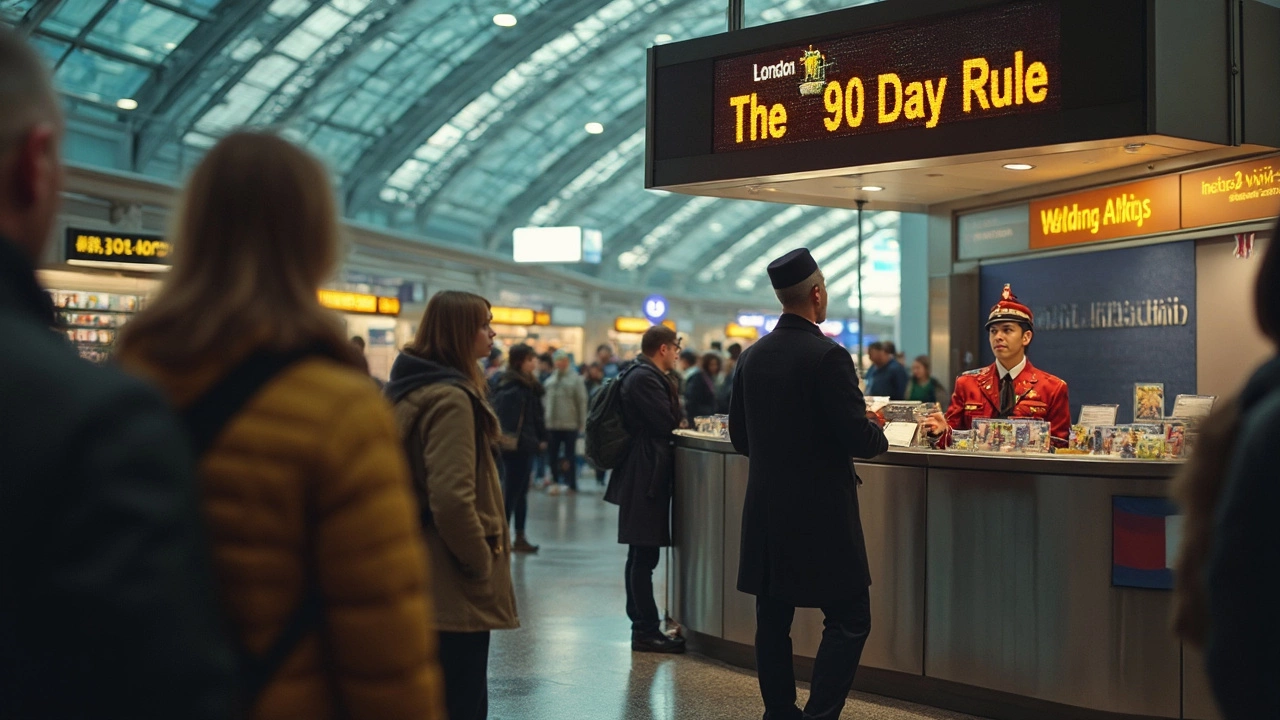UK Visa Guide: What You Need to Know Before You Apply
If you’re planning to work, study, or just visit the UK, the first thing on your checklist is the right visa. The UK offers a bunch of visa categories, each with its own rules. Getting the wrong one means delays, extra fees, or a rejected application – and nobody wants that.
Common UK Visa Types and Who They’re For
Standard Visitor Visa – Ideal for tourism, short business trips, or family visits up to six months. You don’t need a job offer, but you must prove you can support yourself during the stay.
Student Visa (Formerly Tier 4) – Required if you’re enrolled in a UK‑approved course lasting more than six months. You’ll need a Confirmation of Acceptance for Studies (CAS) from your school and proof of enough funds.
Skilled Worker Visa – The go‑to for anyone with a job offer from a UK employer that holds a sponsor licence. Your role must meet a minimum salary threshold, and you’ll need a certificate of sponsorship.
Graduate Visa – For international students who have just finished a degree in the UK. It lets you stay for up to two years (three for PhDs) to look for work or start a job.
Family Visa – If you’re joining a partner, parent, or child who lives in the UK, this visa lets you settle or stay temporarily, depending on the relationship and your sponsor’s status.
Step‑by‑Step: How to Apply Quickly and Cleanly
1. Check the official UK government website. It’s the most reliable source for up‑to‑date fees, processing times, and required documents.
2. Gather your documents early. Common items include a valid passport, bank statements, proof of accommodation, and a detailed travel itinerary (for visitor visas). For work visas, you’ll need a certificate of sponsorship and proof of English proficiency.
3. Complete the online application. Fill in every field accurately. Mistakes often cause delays because the Home Office will request clarification.
4. Pay the fee and the healthcare surcharge. The surcharge gives you access to the NHS while you’re in the country – a cost you’ll need to budget for.
5. Book your biometric appointment. You’ll have to provide fingerprints and a photo at a visa‑application centre. Some locations also offer a “premium” service for faster processing.
6. Submit supporting letters. A strong cover letter explaining why you qualify, plus reference letters from employers or educational institutions, can make a big difference.
7. Track your application. Most portals let you see real‑time status updates. If you’re asked for extra info, reply quickly to keep the timeline on track.
Pro tip: Apply at least three weeks before your intended travel date. While some visas are processed in a week, others (especially work and family visas) can take up to eight weeks.
Remember, the UK is strict about proving you’ll leave once your visa expires unless you’re on a settlement route. Show solid ties to your home country – like a job, property, or family – if you’re applying for a short‑term visa.
Finally, keep copies of everything you submit. If you need to appeal a decision, having a full record speeds up the process and prevents the need to re‑gather paperwork.
With the right visa, the UK’s historic cities, countryside, and vibrant culture are yours to explore. Follow these steps, stay organized, and you’ll be on your way to a smooth entry without nasty surprises.

90-Day Rule in London: What It Means for Your UK Staycation
The 90-day rule in London confuses many travelers, especially those planning a longer staycation in the UK. It’s all about how long you can legally be a tourist or visitor before running into trouble with immigration. Understanding this rule helps you plan your trip, make the most of your stay, and avoid any surprises at airport security. This article breaks down what counts toward your 90 days, what happens if you overstay, and how to take advantage of your time in London. Get practical tips to stay on the right side of UK laws while soaking up everything the city offers.
